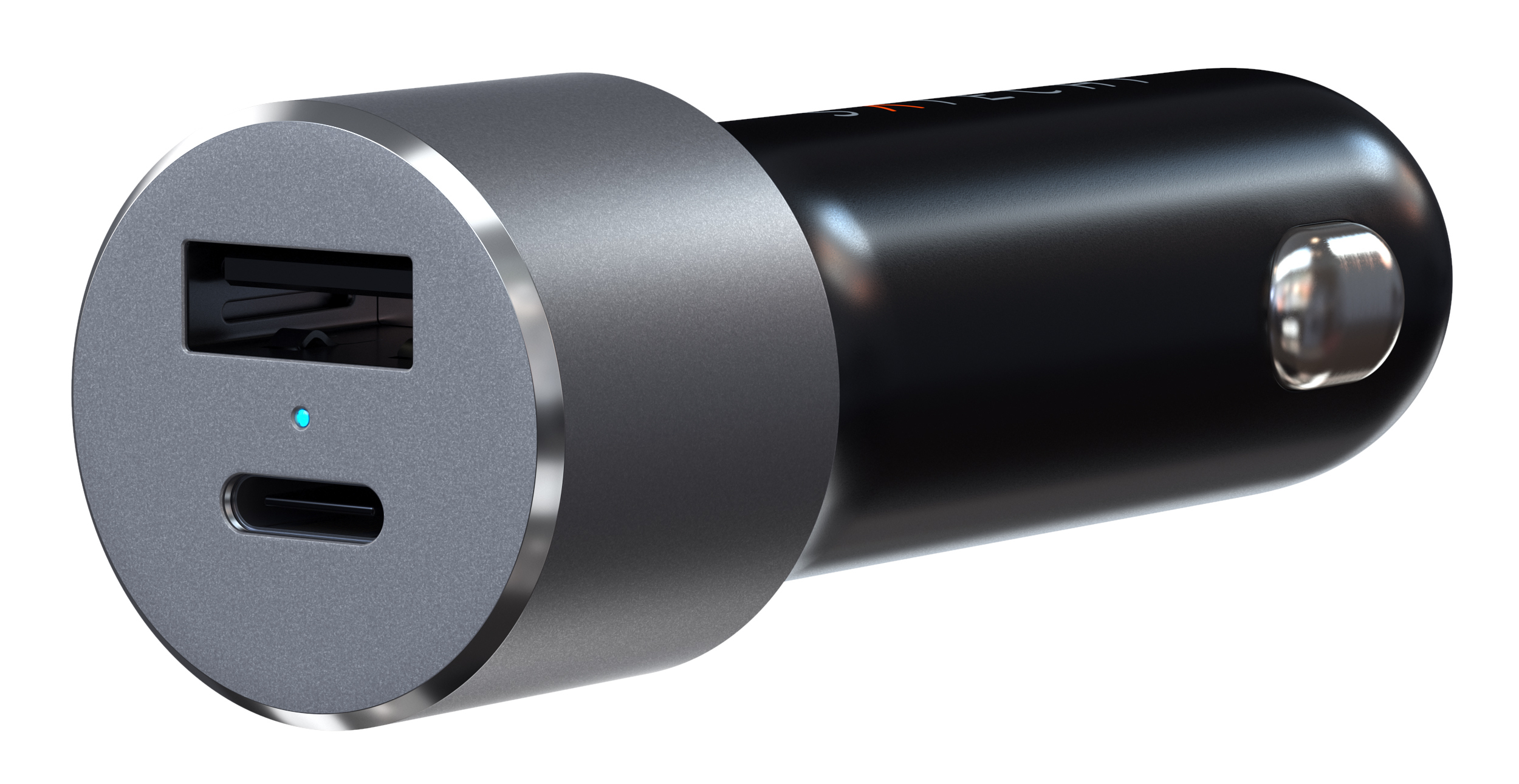

When you use it with non-Thunderbolt USB-C devices, it functions as a USB-C cable that supports 100 W charging and USB 3.1 Gen 2 data-transfer speeds. It’s Thunderbolt 3 capable, so although it looks like any other USB-C–to–USB-C cable (aside from the Thunderbolt logo on each end), it can transfer data up to four times faster (40 Gbps) between supported devices.

Rated for 100 W charging, the Anker USB-C Thunderbolt 3 Cable can charge a 16-inch MacBook Pro or any high-powered laptop. Why you might prefer it: This cable could be considered the “professional” pick, likely to be overkill in most homes.

Each has different capabilities and limitations in charging power and speed (measured in watts, W) and data-transfer speed between devices (measured in megabits per second, Mbps, or gigabits per second, Gbps). Micro-USB and Mini-USB can provide only regular charging regardless of a USB-A or USB-C connection. Apple’s Lightning ports can use regular 12-watt charging with a USB-A cable and faster charging via USB-C. We’ve tested dozens of cables and adapters to help you find the right ones for your needs without overspending.Ī quick primer on USB specifications for those living in blissful oblivion: While ordinary USB-A ports are limited to just 12 watts of charging power, USB-C ports can provide 18 watts of fast-charging power to phones and, more rarely, up to 240 watts to laptops (depending on the cable and device you plug into them). Unfortunately, when it comes to USB-C, even cables that look identical can behave very differently-for instance, a cable that charges your phone at top speed might be sluggish at transferring music files, or vice versa.
Macbook pro usb c charger fastest android#
If you have a device with a USB-C port-such as a MacBook or other compatible laptop, an iPad Pro, a Nintendo Switch, or an Android phone-you need a cable to charge it and to transfer data to and from other devices.


 0 kommentar(er)
0 kommentar(er)
